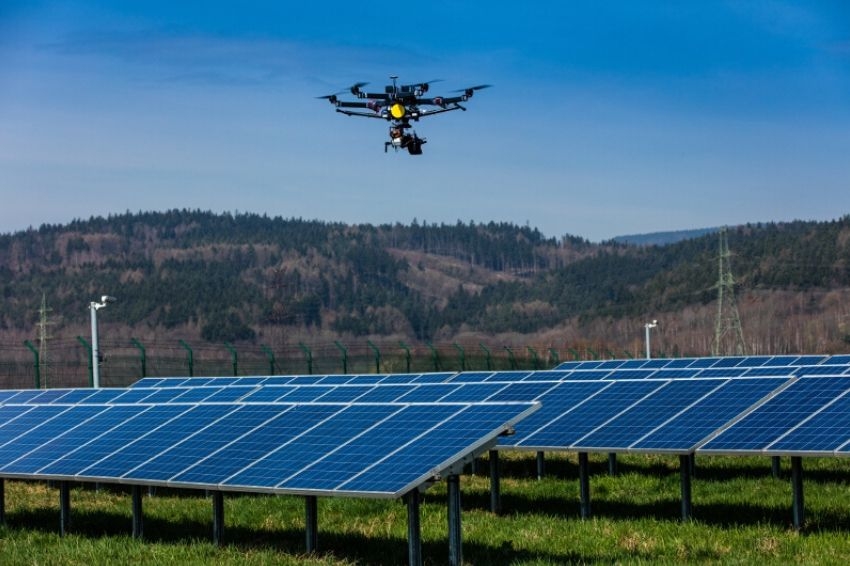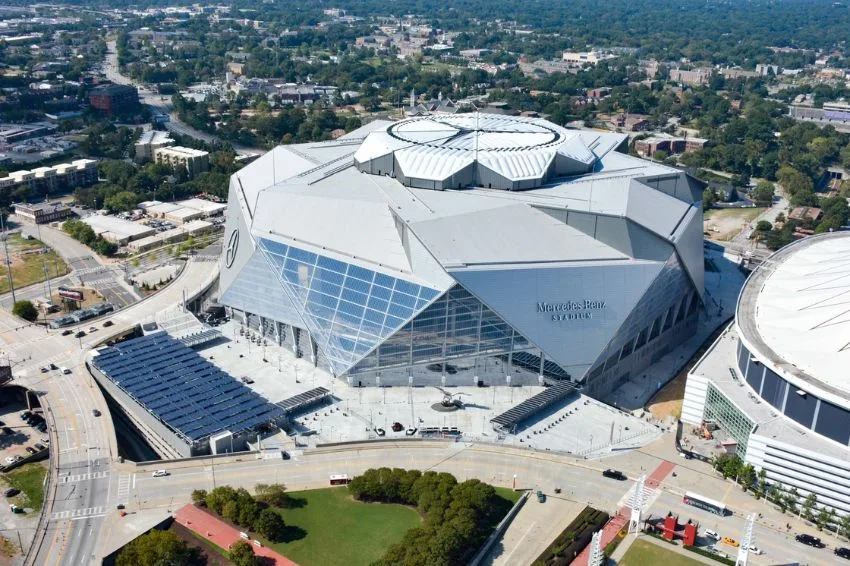Drones are revolutionizing business around the world. In the solar energy sector, these aircraft are essential for identifying panel failures through visual inspection, designing system installation and even finding the source of problems with more sophisticated models that analyze thermographic data.
According to Henrique Freitas, one of those responsible for DJI in Brazil with Go Solar, from Golden Distribuidora, the drones significantly mitigated the time needed to identify problems, keeping the photovoltaic system in full operation.
“For a more complex analysis, there are drones with visual inspection and 2D and 3D mapping. This equipment, through combined use with software, can transform simple images into 3D, that is, into georeferenced photos. Thus, it is possible to measure distances of areas and volumes precisely”, explained Freitas.
Unmanned aircraft also perform 3D modeling of houses or buildings already at the correct scale and with objects that cause shadowing. In this case, if it is a house with a solar panel, for example, the equipment will cover the entire side of the project, calculating altitude and the position of the sun for the best position of the plates.
The model with thermal sensors identifies faults in the cells through the heat spectrum, marking in red the place where the cells are overheated, including identifying false positives and negatives, due to its ease in locating foreign elements, such as birds, for example, which can confuse the analysis.
Although the cost is not yet so affordable, there are several models on the market that can serve the solar sector, depending on the company's needs. “There are simpler drones suitable for visual inspection of panels from R$ 40 thousand to more sophisticated ones that cost on average R$ 200 thousand”, commented Freitas.
Care
According to Henrique Freitas, drones require some care. The aircraft ranges from four kilometers to ten kilometers, so you should never lose sight of the equipment. “It is prepared to return home alone, with sufficient battery power, but it is still important to leave it in your field of vision in accordance with aeronautical standards for drones in these categories.”
The expert also warns that drones can suffer from reflective and irregular surfaces, such as, for example, when flying near water. “At sea, its sensors lose reference due to the movement and variation of waves. The same happens in places with signal congestion, such as cell phone base stations and microwave links. So, care must be taken when handling it, since the propeller hurts a lot and reinforces the care of landing in places with a lot of dust or sand so as not to damage the equipment”, he concluded.
In Brazil, the import of drones must follow the rules of ANATEL (National Telecommunications Agency) and the Federal Revenue Service. Use is regulated by ANAC (National Civil Aviation Agency) and Decea (Airspace Control Department).















